The Atlas of Living Australia reports that 296 bird species, 80 fish, 65 mammals, 51 reptiles, 21 amphibians, and about 2,000 invertebrates have been recorded in the Ku-ring-gai GeoRegion(KGR). This sample underrates invertebrates by a factor of perhaps 10 times or more, as they are little studied and thousands of species are not even named. One estimate for Australia is that we have 320,000 invertebrates.
We also have a number of introduced species the environmental effects of which are unknown. One example being the honey bee (Apis sp.) which is well-established all over Sydney and is assumed to be in competition with about 200 species of native bees.
Our changing landscape
The fauna of today is not the same as it was in 1788. Emu (Dromaius novaehollandiae) and wombats (Vombatus ursinus) have vanished, although they are represented in Aboriginal art. Spotted-tail quolls (Dasyuris maculatus) are rarely seen. The status of koalas (Phascolarctos cinereus) is uncertain. Up to the 1960s a population was strong on the Avalon peninsula with smaller numbers in Ku-ring-gai Chase. They have since declined and are no longer present on the peninsula.
A nineteenth century attempt to introduce deer in Ku-ring-gai Chase failed. Rabbits arrived with the First Fleet but we do not know when they first appeared in the GeoRegion. We have also exported some of our fauna both accidentally and deliberately with a recent example being the eastern Australian flatback mangrove goby (Mugilogobius platynotus) found in mangroves in northern New Zealand, most likely carried across the Tasman Sea by shipping.
Eastern Australian flatback mangrove goby (Mugilogobius platynotus) grows to 65mm and frequents saltmarsh and mangrove.
The dingo (Canis familiaris) was eliminated by hunting in about 1930. Ground feeding birds and small mammals have been decimated by foxes and cats, and changes in the fire regime have affected the fauna in ways we have barely begun to understand. All such changes will continue with climate warming and human activity but most are almost unpredictable.
References
Click here to view a Fauna references PDF for further reading

